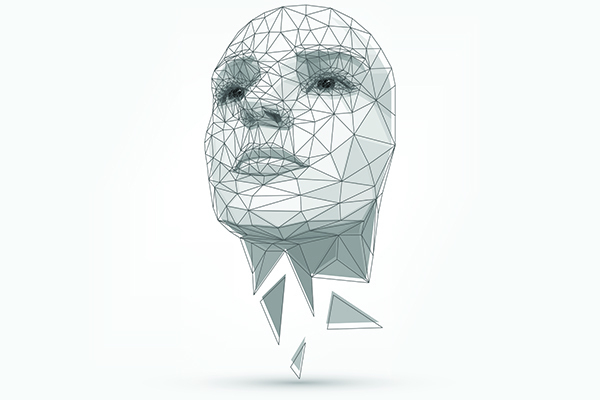Research from Penn Medicine shows brain responses and attitudes reinforce the ‘anomalous is bad’ stereotype
Humanity harbors a long-evolved human bias against facial anomalies—atypical features such as growths, swelling, facial paralysis, and scars. A new brain and behavior study from researchers in the Perelman School of Medicine illuminates this bias on multiple levels.
The researchers, whose findings were published in the Annals of the New York Academy of Sciences, used surveys, social simulations, and functional MRI studies to study hundreds of participants’ responses and attitudes towards attractive, average, and anomalous faces. The findings clarify how the “anomalous is bad” stereotype manifests, and implicate a brain region called the amygdala as one of the likely mediators of this stereotype.
“Understanding the psychology of the ‘anomalous is bad’ stereotype can help, for example, in the design of interventions to educate the public about the social burdens shouldered by people who look different,” says lead author Clifford Workman, a postdoctoral researcher in the Penn Center for Neuroaesthetics. The center is led by Anjan Chatterjee, a professor of neurology at Penn Medicine, who was senior author of the study.
Bias against people with facial disfigurements has been demonstrated in various prior studies. Researchers broadly assume that this bias reflects ancient adaptive traits which evolved to promote healthy mate selection, for example, and to steer us clear of people who have potentially communicable diseases. Regardless the cause, for many people, their facial anomalies render them unjust targets of discrimination.


